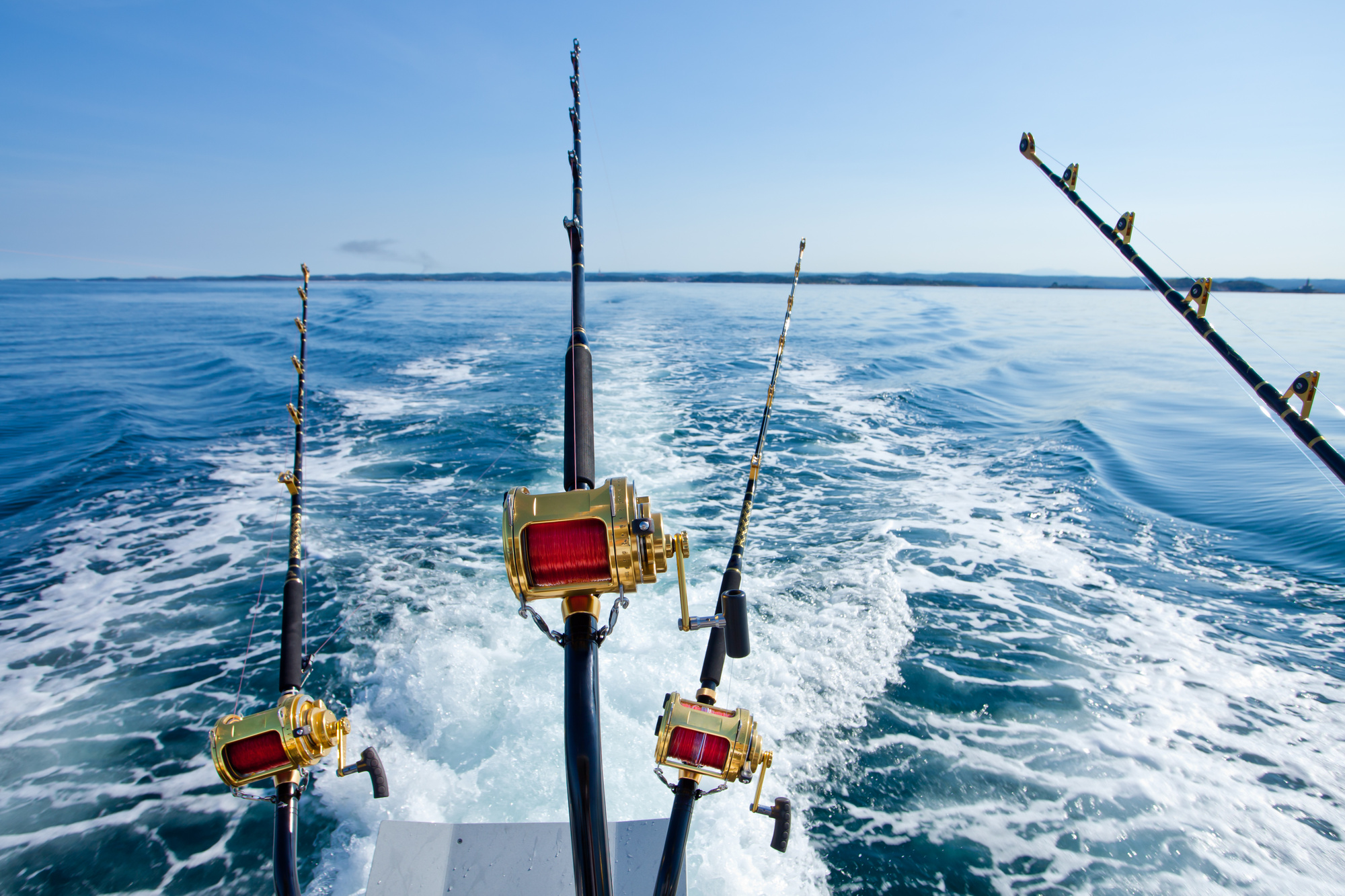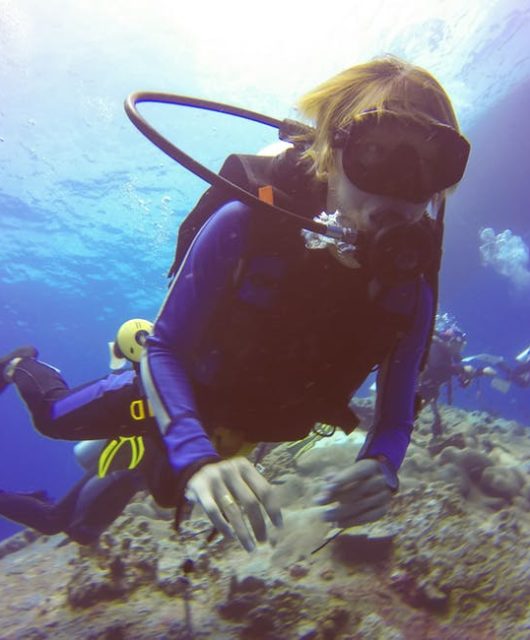6 Salmon Fishing Tips for Beginners
 Whether you’re experienced in fishing or new to the game, learning salmon fishing tips can go a long way.
Whether you’re experienced in fishing or new to the game, learning salmon fishing tips can go a long way.
Catching salmon requires that you get up before the crack of dawn and travel at least a mile to your fishing spot. A great deal of patience and persistence is also required to catch these fish. However, it’s also an extremely rewarding experience if you follow a set of salmon fishing tips.
Are you eager to learn more? If so, read on to discover everything you need to know.
Table of Contents
1. Identifying the Right Gear
Before you start fishing for salmon, it is important to be equipped with the right gear. The most important piece of gear is the rod and reel. The ideal setup is a medium-weight rod and a spinning reel.
You’ll also need an assortment of lures, pliers, and a landing net. Remember that by properly equipping yourself with the right salmon fishing gear, you’ll be sure to have a successful and enjoyable trip.
2. Locating the Best Fishing Spots
Be sure to research where to go salmon fishing. It’s important to know the natural habitats of different types of salmon species, such as Atlantic Salmon and Chinook Salmon. Furthermore, keep your eyes open for clues such as choppy water, ripples, logs or rocks piles, or any other signs of activity.
These are also great spots to look for active spawning areas. You can also visit KenaiRiverRecon.com if you’re looking for an excellent salmon fishing spot.
3. Understanding Salmon Swimming Patterns
It’s important to pay attention to the currents in rivers, creeks, and estuaries. That’s because salmon migrate in predictable patterns according to the flow of the water.
Learning to recognize these patterns can give you an insight into where the salmon are likely to be. You should always keep a journal of your trips and the environment. That way, you can look back and see how to improve the next time you head out.
4. Utilizing the Right Bait and Lures
One of the best bait to use for salmon fishing is an artificial lure that mimics the color, size, and shape of the prey fish the salmon like to feed on. To further enhance the presentation, anglers should add a variety of attractants can such as netting, sparkles, feathers, etc., to their lures. Additionally, live bait is also a great option for luring in a salmon due to its alluring scent and taste, thus setting the hook in no time.
5. Sharpen Your Hooks and Add Flash
Sharpening hooks ensure a cleaner cut through the tough salmon skin and tissue, making it easier to set into the fish. Applying flash to the hooks adds a visual attraction to the bait that the salmon are drawn to. Flash can be in the form of metal strands, holographic sheets, and even colored plastics.
6. Practice Casting
Beginners should practice the art of casting in an open area such as a field or park. Start by learning basic casting styles such as loop, roll, and slack casting. Practice with an unloaded reel. Ensure the rod is properly balanced with the line. Use a light line for better casting and accuracy.
Learn the Basics of Salmon Fishing
Salmon fishing can be an enjoyable and rewarding activity. With just a bit of knowledge and some careful instruction, you can learn the basics and be a competent angler. If you want to go fishing for salmon, find a knowledgeable mentor and get them to show you the ropes.
You won’t regret it!
For more reads aside from how to fish for salmon, visit our blog.









